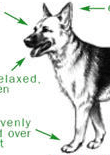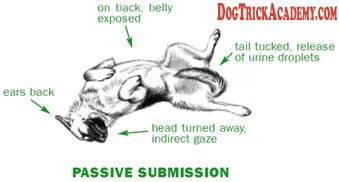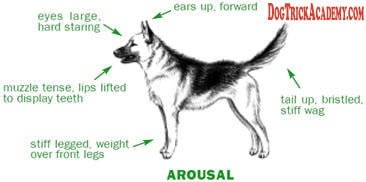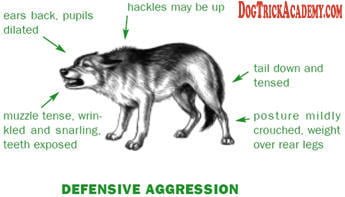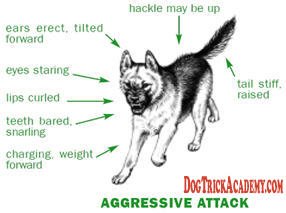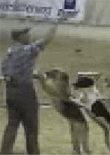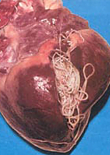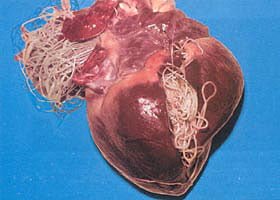By
Sally Gutteridge
|
Behavior ,
Posts ,
Training

In nature, puppies have a so-called “puppy license” for the first 4 or 5 months. During this time, older dogs will let them get away with all sorts of puppy behavior without retaliation. If the older dog doesn’t feel like playing with the pup, then he will often just get up and move away, or else give a quick verbal signal that he isn’t interested. Only once this “puppy license” has expired do the pups start getting real lessons in manners from the other dogs.
During her seminars, Patricia McConnell often shows two videos of Bailey, a beautiful golden retriever pup. In the first video, Bailey is perhaps 4 months old, and is chewing on a child’s stuffed toy. The woman owner tries to get the toy away from the dog by using outdated “dominance” techniques such as grabbing the puppy by the scruff of the neck and trying to make it submit to her. Retrievers are mouthy dogs and by their nature love to chew on stuff. So can anyone guess what happens after a month or two of such “training”?
In the second video, Bailey is around 6 months old. Again the dog is chewing on a toy, except that now he’s quite a bit larger. He snarls as the owner tries to get the toy away, and snaps at her hand. The owner is still faithfully following her trainer’s orders and trying to get the dog to submit to her authority. So what happens next?
Bailey was put down before he reached one year of age.
It didn’t have to happen! The dog wasn’t aggressive by nature, but simply ruined by bad training and horrible conditioning. Unfortunately, some trainers today still rely on outdated and now proven false research going back to the 1920’s, 30’s and 40’s.
In her 12-page pamphlet “How to Be the Pack Leader“, Patricia McConnell states in the introduction:
“Dogs need to feel secure to be truly happy; that means they need to feel secure that you will be the pack leader, and that they can count on you to take charge. But being the pack leader is often misunderstood. It doesn’t mean that you forcibly dominate your dog. Rather, leadership is more of a mental quality in which you set boundaries without intimidation.”
The pack leader isn’t always the strongest. Many of you have perhaps seen and wondered how a household with several dogs, sometimes the bigger dogs will acknowledge a smaller and physically weaker dog as the pack leader? Surely that alone is enough to debunk the old-fashioned myths about the biggest bully always becoming the pack leader?
So, how do we dog owners become the pack leaders? Well, it isn’t so much a matter of forcing ourselves into the position as getting our dogs to accept us as such. Sounds much tougher than just pinning a dog to the floor in an alpha roll, doesn’t it? Well, yes, it requires a bit more work, and a bit more thought, and a bit more effort.
During his presentation, Anders Hallgren put up a slide with common training advice that soon had us all nodding our heads in recognition. I’m sure you’ve heard them all, too. Perhaps you’ve even been faithfully following them as an integral part of your training routine…
- Don’t let the dog walk first out through the door.
- Don’t let the dog eat its meal before you eat yours.
- Don’t let the dog be positioned higher up than you (physically, like you on the floor and the dog up on the couch).
- Don’t let the dog be in the bed or on the sofa.
- The dog should pee only to empty the bladder (don’t let the dog mark when taking a walk).
- Punish severely all protests, like growling and the like.
- Always be sure to win tug of war and other games you play with the dog.
- Don’t greet the dog when coming home.
These rules are misconceptions and have very little to do with pack leadership. Some, however, do have value in terms of dealing with other possible problems, such as separation anxiety (greeting) or the danger of letting dogs run out of the house into the street (not going first through doors). In terms of leadership, however, none of these rules will help you gain the top role. Pack leaders have a special role in the group and do special tasks. Anders Hallgren summarizes these as:
- Initiates moving from the location.
- Leads the group to special places, like hunting grounds.
- Chooses prey.
- Initiates the hunt.
- Directs during the chase.
- Calls off the hunt.
- Seldom initiates social activities, but does not turn away.
- Often is the subject of affection.
- Finds places to rest, and lies down, thereby making the group relax, too.
What we dog owners should do is perform activities that mimic true leaders in the wild:
- Take goal directed walks that lead to interesting places.
- Choose types of activities (courses, mental training, etc).
- Give the dog a starting signal.
- Tell the dog in which order the activities shall be.
- Call off the activities.
- Let the dog greet, but don’t initiate the greeting very often.
- Always respond with affection when the dog makes contact.
- Rest at certain times and thereby get the dog to relax, too.
To summarize, becoming a pack leader in your dog’s eyes will require active involvement and daily training. Are you up for it?

 Getting a puppy is an exciting addition to a family. They are adorable and warm. They snuggle and cuddle and seem to do everything right. Unfortunately, this is not all there is to puppies. Getting a puppy is a lot of work, and they don’t stay little and cute forever.
Getting a puppy is an exciting addition to a family. They are adorable and warm. They snuggle and cuddle and seem to do everything right. Unfortunately, this is not all there is to puppies. Getting a puppy is a lot of work, and they don’t stay little and cute forever.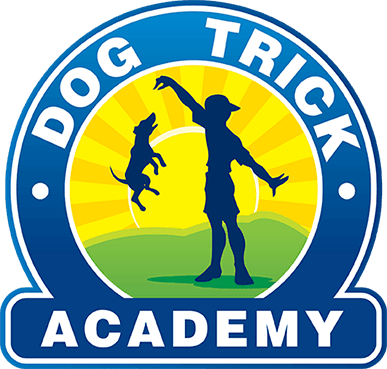
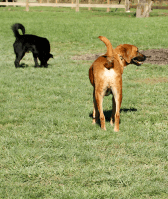
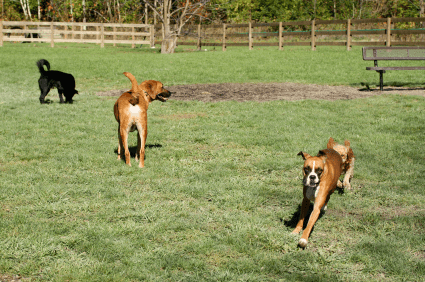 Your dog is learning each and every waking minute and maybe even when it sleeps. It may well figure out a good spot to sleep without getting disturbed. Either way, your dog will waste no opportunity in learning something; it knows no other way.
Your dog is learning each and every waking minute and maybe even when it sleeps. It may well figure out a good spot to sleep without getting disturbed. Either way, your dog will waste no opportunity in learning something; it knows no other way.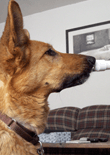

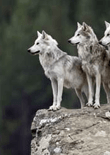


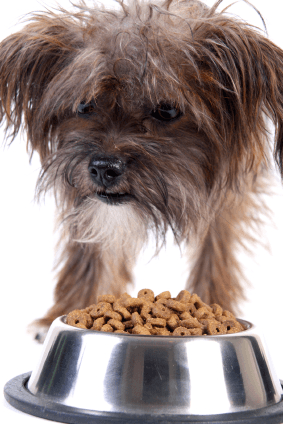 Dogs have learned throughout their many years of existence that they must protect their resources, such as food, in order to survive. They’ve learned that they could easily keep other dogs from eating their food by growling, showing teethes, snapping or even biting other dogs that came too close to their food.
Dogs have learned throughout their many years of existence that they must protect their resources, such as food, in order to survive. They’ve learned that they could easily keep other dogs from eating their food by growling, showing teethes, snapping or even biting other dogs that came too close to their food.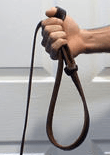
 Leashes come in many different materials. The most popular leash today is the nylon leash. Its low price tag, along with the variety of colors and designs makes it a popular item amongst dog owners. They are used in every day situations as well as dog training.
Leashes come in many different materials. The most popular leash today is the nylon leash. Its low price tag, along with the variety of colors and designs makes it a popular item amongst dog owners. They are used in every day situations as well as dog training. But for those of you who want the absolute best, the leash of choice is made of leather. These leashes are more attractive, but most importantly, they are superior in strength and are much easier to hold a grip.
But for those of you who want the absolute best, the leash of choice is made of leather. These leashes are more attractive, but most importantly, they are superior in strength and are much easier to hold a grip. There are also leashes made out of cotton, which are also easier on the hands than nylon, especially if the dog tends to pull. Cotton leashes can be bought in very long lengths, some up to 30-feet long, making them ideal for training outside or in any unenclosed outside areas.
There are also leashes made out of cotton, which are also easier on the hands than nylon, especially if the dog tends to pull. Cotton leashes can be bought in very long lengths, some up to 30-feet long, making them ideal for training outside or in any unenclosed outside areas. Retractable leashes have gained popularity in the last few years. They have a unique feature to extend and retract automatically while the dog moves around. This gives the dog more space and freedom to walk while avoiding the leash from getting tangled in his legs. These leashes are usually higher priced than regular nylon leashes.
Retractable leashes have gained popularity in the last few years. They have a unique feature to extend and retract automatically while the dog moves around. This gives the dog more space and freedom to walk while avoiding the leash from getting tangled in his legs. These leashes are usually higher priced than regular nylon leashes. When training agility equipment or any other activity that involves obstacles, it’s often recommended that people use a training tab or a short leash of about 8 inches long. The reason for using these short leashes is to avoid the dog from getting caught in the obstacles or in his legs, while still allowing you some control over the dog if the need ever arises. It is very useful when beginning training your dog as you can use the leash to lead him through an obstacle or catch him before he runs off.
When training agility equipment or any other activity that involves obstacles, it’s often recommended that people use a training tab or a short leash of about 8 inches long. The reason for using these short leashes is to avoid the dog from getting caught in the obstacles or in his legs, while still allowing you some control over the dog if the need ever arises. It is very useful when beginning training your dog as you can use the leash to lead him through an obstacle or catch him before he runs off.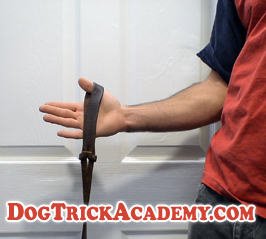
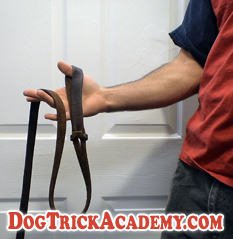
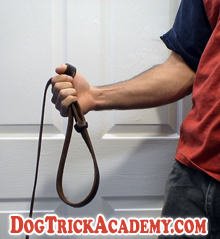
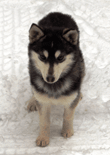
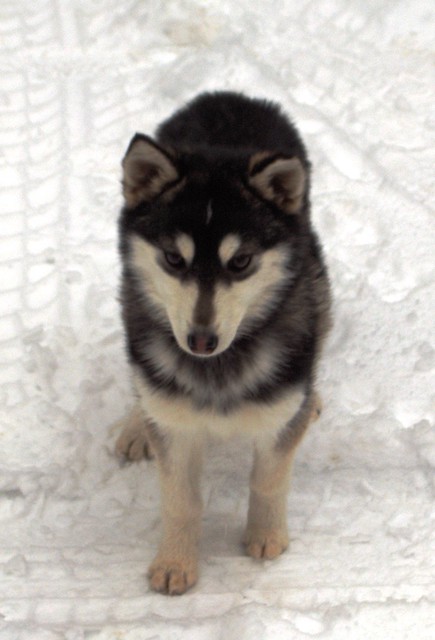 The Mini Husky has emerged on the scene in recent years as a smaller companion sized version of the Siberian husky. The Mini Husky has been well received by dog owners as a more feasible alternative to their standard sized counterparts. However the debut of this diminutive little dog has not been without controversy.
The Mini Husky has emerged on the scene in recent years as a smaller companion sized version of the Siberian husky. The Mini Husky has been well received by dog owners as a more feasible alternative to their standard sized counterparts. However the debut of this diminutive little dog has not been without controversy.